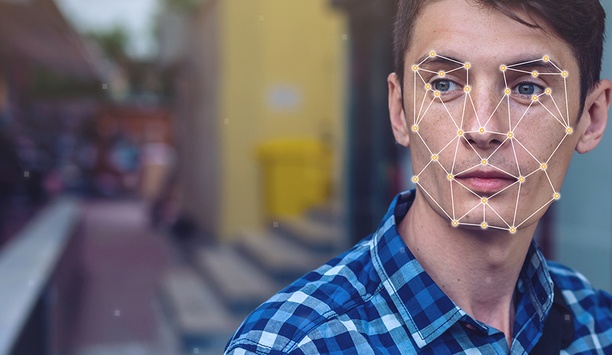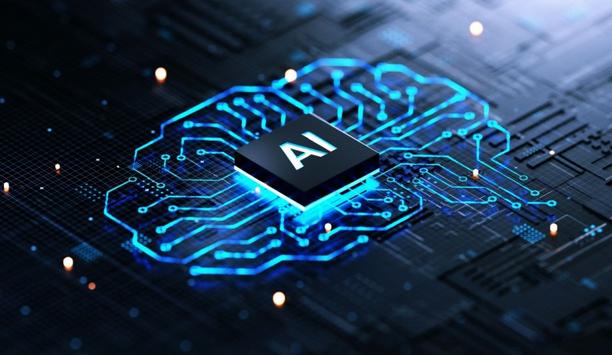Fernande van Schelle

Fernande van Schelle
Product Manager, Digital BarriersFernande van Schelle is a product manager for facial recognition technology with Digital Barriers. With over a decade of experience, she leads the product management and development activities to deliver facial recognition capability using deep neural networks. Fernande holds a master’s degree in Business Administration from INSEAD and a master’s in history of International Relations from LSE.
Articles by Fernande van Schelle
Facial recognition has a long history dating back to the 1800s. To track down criminals, such as infamous bandits Jesse Woodson James and Billy the Kid, law enforcement would place “Wanted Alive...
News mentions
Timely and important issues in the security marketplace dominated our list of most-clicked-upon articles in 2018. Looking back at the top articles of the year provides a decent summary of how our indu...




































